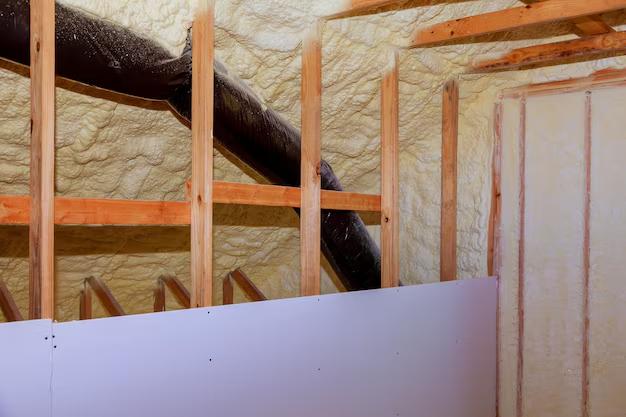Transform Your Noisy Apartment into a Peaceful Sanctuary
Living in an apartment can be a cacophony of sounds—from the neighbor's late-night music to the never-ending footsteps above. If you're tired of the noise, understanding how to soundproof your apartment can be a game-changer. Creating a quieter living space not only enhances comfort but also improves mental well-being. Here are some effective strategies to transform your noisy apartment into a peaceful sanctuary.
Focus on Doors and Windows
Seal Those Gaps: The first step in soundproofing is tackling those sneaky gaps around doors and windows. Applying weather stripping or door sweeps can significantly reduce noise infiltration.
Thick Curtains to the Rescue: Investing in heavy blackout curtains can absorb a surprising amount of noise, enhancing the peace while also providing thermal benefits.
Walls and Floors Make a Difference
Wall Hangings for Style and Silence: Consider hanging acoustic panels or even large tapestries. Not only can these add to your decor, but they will also help dampen sound.
Underfoot Soundproofing: Add thicker area rugs with dense underlays to reduce both noise from neighbors and any you might create. Carpet tiles are another excellent option since they reduce noise and add a splash of color.
Innovate with Furniture
Bookcases as Barriers: Placing bookcases against walls can add an extra layer of sound insulation. For best results, fill them with books and storage options.
Upholstered Furniture for Added Absorption: Swap out metal or wooden items for upholstered pieces. Soft, plush furniture doesn’t just provide comfort; it soaks up noise like a sponge.
Consider Professional Help
If these DIY solutions aren't quite enough, you might explore more intensive installations like additional drywall layers designed specifically for sound damping. However, this can be pricey, and you may need your landlord's permission. Professional services might offer payment plans or financing options to ease the financial burden.
Explore Financial Help and Resources
A quiet apartment boosts productivity and quality of life, but financial hurdles can limit your options. If professional soundproofing is beyond your budget, explore various financial help initiatives that can support your project or overall living improvements. Opportunities often abound for renters and homeowners alike.
Here’s how you can tap into some beneficial resources:
🎓 Scholarships and Grants
- Home Upgrade Assistance Grants: Some local or regional governments provide assistance or rebates for apartment improvements, including soundproofing.
💳 Credit Solutions
- Low-Interest Credit Cards: Consider those specifically tailored for home improvement projects; they may offer introductory 0% APR terms.
📜 Government Programs
- Federal or State Assistance: Always check for any available financial relief programs that cater specifically to noise reduction or energy-efficient upgrades.
By taking these steps, you can not only craft a quieter and more serene living space but also tap into financial tools and programs that make it all possible on your budget. Soundproofing doesn’t just enhance your home—it elevates your life. Here's to peace, quiet, and financial resourcefulness!
Financial Assistance and Resources Quick Guide:
- 🎓 Educational Grants: Look for home improvement education grants.
- 💳 Credit Card Offers: Explore cards with 0% introductory rates for home projects.
- 🏠 Home Upgrade Rebates: Check local government offerings for soundproofing aid.
- 📅 Flexible Payment Plans: Inquire with professionals about financing.
- 🌐 State and Federal Programs: Explore larger government aid options.
Making your apartment quieter through soundproofing is not just about physical changes—it's about leveraging resources to craft a living space that's both peaceful and financially feasible.
